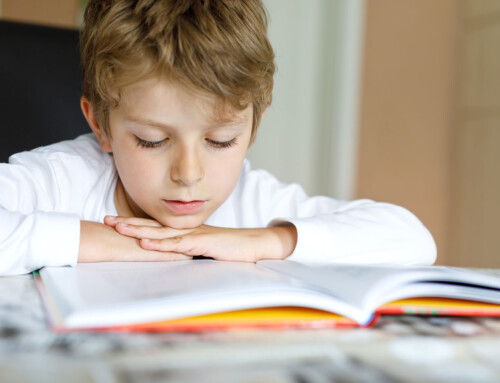This first entry in June’s theme of international child welfare will discuss a few ways in which international child welfare policies are already impacting policy here in the United States and in Minnesota. Future posts will focus on international adoption as a subset of international child welfare, with an emphasis on policies affecting this practice and outcomes of international adoptees and their adoptive families.
Best Practices
By examining the efficacy and outcomes of child welfare policies and practices in other countries, we can develop and test evidence based policies to see how well they might translate to the United States.
In Minnesota, one international best practice model that is being incorporated into local practice and policy is the Signs of Safety approach, developed in West Australia by Andrew Turnell and Steve Edwards. Some initial piloting of this model was first done locally by Olmsted and Carver Counties; since then, the Minnesota Department of Human Services has developed a training series on Signs of Safety due to increased interest throughout the state.
Family Group Decision Making, or FGDM, is another example of a practice model borrowed from another country that is now embedded in Minnesota state child welfare policy (Minn. Stat. §260C.163 Subd. 12). This approach was developed in New Zealand while working with the Maori people.
Please comment below and let us know about other internationally based child welfare practices and policies you know of and/or would like to see tried in Minnesota!
Multicultural Populations
Our increasingly diverse population in Minnesota means that child welfare practitioners are working more and more with people who come from different cultural backgrounds than their own. Therefore, we might look to child welfare policies at an international level to determine possible policy solutions in order to work most effectively with our immigrant and refugee populations locally.
In Minnesota and across the US, policies have been enacted that address the multicultural aspect of working with clients.One example is the Multiethnic Placement Act (1994) and Interethnic Placement Act (1996), known as MEPA/IEPA, which state that race, ethnicity, and country of origin are not to impede adoptions from foster care provided that the adoption is in the child’s best interests, thereby allowing for transracial adoption.
ICWA, or the Indian Child Welfare Act (1978), which essentially protects a cultural group and also utilizes that group’s natural form of child welfare, could also be looked to as a model to develop policies to guide child welfare practitioners and social workers in their work with international families.
International Adoption
Finally, as a segue into our next post, international child welfare policies also impact a U.S. family’s ability to adopt internationally, as international adoptions are contingent on each country’s adoption policies (for a famous example, see “Madonna Malawi Adoption ‘Illegal'”). We will discuss this more in the next posts, including our own state policy on international adoptions.
We’d love to hear your comments on other ways international child welfare can influence our work in domestic child welfare. If you have some thoughts on this topic, please comment below!
For an excellent article on a training module for students interested in international child welfare (as well as more in-depth analysis as to the importance of U.S.-based child welfare workers keeping on top of international child welfare work), see Addressing issues of globalization in the training of public child welfare workers.
